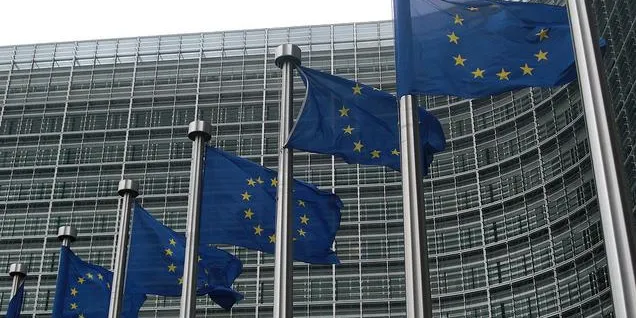OPINION: Amid EU pricing madness, the PV industry is voting with its feet
Imagine this – your company’s income is guaranteed, because you benefit from a strict pricing system thanks to an agreement that you signed along with dozens of other companies to sell your products in a specific market for fixed prices.
